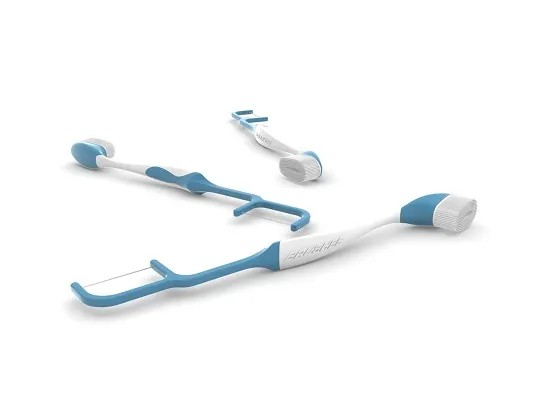What are the conditions where invisible aligners are not a good fit?
| Condition | Main reason why Invisalign would not work well |
|---|---|
| Severe crowding | Invisalign may not be able to provide enough force to move teeth in severe cases of crowding. |
| Large Open bite | Invisalign may not be able to close an open bite, as it is difficult to move the upper and lower teeth together in a coordinated manner. |
| Deep Overbite | Invisalign may not be able to reduce an overbite, as it is difficult to move the upper teeth back without also moving the lower teeth forward. |
| Posterior Crossbite | Invisalign may not be able to correct a crossbite, as it is difficult to move teeth in opposite directions. |
| Temporomandibular joint disorder (TMJ) | Invisalign may not be a good choice for people with TMJ, as it can put pressure on the jaw joint. |
| Gum disease | Invisalign may not be a good choice for people with gum disease, as it can make it difficult to keep the aligners clean. |
| Missing teeth | Invisalign may not be able to correct a malocclusion if there are missing teeth, as it relies on the teeth to move against each other. |
Read our comprehensive guide to clear aligners.
Here are some orthodontic cases and conditions where clear aligners may not be the best treatment option:
- Severe overbites or underbites – Aligners have limited ability to correct severe vertical discrepancies that require jaw repositioning or elastics.
- Major bite issues like crossbites – Aligners alone often cannot fully correct more complex bite relationships.
- Significant crowding or crookedness – Teeth that are very crowded or rotated at odd angles are difficult to move with aligners.
- Major spacing issues with large gaps – Closing large spaces requires steady pressure that aligners may not adequately provide.
- Patients requiring palatal expansion – Expanders are needed to widen the upper jaw, which aligners cannot achieve alone.
- Teen patients still gaining jaw growth – Growing teens may need braces to coordinate jaw and tooth positioning.
- Patients with periodontal disease issues – Gum disease needs to be fully treated first before aligner therapy.
- Patients with multiple missing teeth – Missing teeth can make achieving proper tooth positioning with aligners more challenging.
- Patients requiring significant bite adjustments – Bite issues may need braces with bite plates or elastics that aligners cannot accomplish.
How painful are clear aligners?
Of course, every case is unique. An orthodontist is best able to determine if clear aligners are appropriate for your specific orthodontic needs after a thorough exam. But in general, more complex alignment and bite cases do better with braces.



